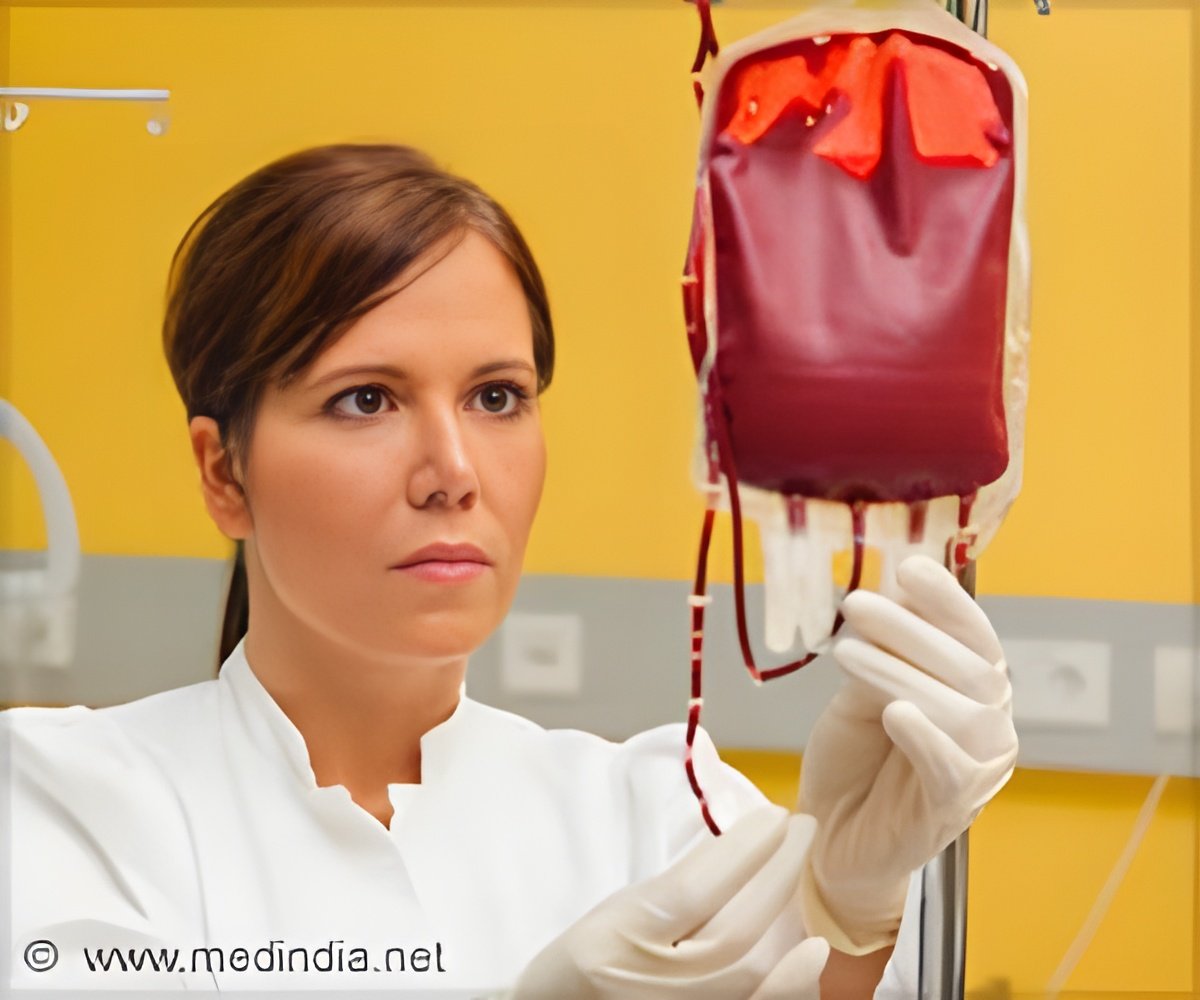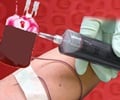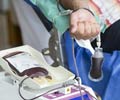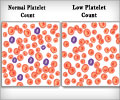
‘Turbulence can help produce blood platelets in the lab and probably replace human donors in the near future. Platelet transfusions are commonly needed for patients undergoing surgery, cancer therapies, or suffering from platelet-related diseases.’
Tweet it Now
Blood transfusions are the oldest form of cell therapy and have been done for centuries. Platelets are blood cells that stop bleeding and have other healing factors. Platelet transfusions are common for patients undergoing surgery, cancer therapies, or suffering from platelet-related diseases. However, platelets taken from donors can only be stored for several days, which is why organizations like the Red Cross hold regular blood drives. While this approach is the global standard, with the number of aging populations increasing, many nations are anticipating severe donor shortages. Japan alone estimates that its platelet supplies will serve only four of every five patients in the next decade.
CiRA Professor Koji Eto, who is also Professor at the Chiba University School of Medicine, has been developing platelets using iPS cell technology to replace the dependency on donors. Platelets are extremely small fragments that blood flow breaks off the surface of much larger cells called megakaryocytes, much like washing debris off a car.
Unlike platelets, megakaryocytes can be stored for long periods, but they are extremely rare in the body and therefore difficult to acquire from donors. Eto's research team has found a solution to this problem by making an almost unlimited supply of megakaryocytes from iPS cells.
To produce platelets from megakaryocytes, engineers constructed bioreactors that recapitulate blood flow. However, for regular patient care, more than 100 billion-order platelets are needed, and no bioreactor comes close to producing this amount.
Advertisement
To reach the numbers needed for patient therapy, the new study shows that besides laminar flow, incorporating turbulent flow into the bioreactors is key.
Advertisement
To generate turbulence, their new bioreactor behaves like a French Press coffee maker, pushing the flow up and down.
Further study revealed that the turbulence stimulates three mediators: macrophage migration inhibitory factor, insulin growth factor binding protein 2, and nardilysin, all of which were previously unknown to have a crucial role in platelet generation.
Dr. Naoshi Sugimoto, a hematologist and member of the lab who contributed to the study said, "we can use the mediators to make a specialized culture to improve the performance of the bioreactor."
Finally, the platelets were found to behave normally in mouse and rabbits, an important final step before using them in humans.
"Our goal is to produce platelets in the lab to replace human donors," said Eto.
Source-Eurekalert













